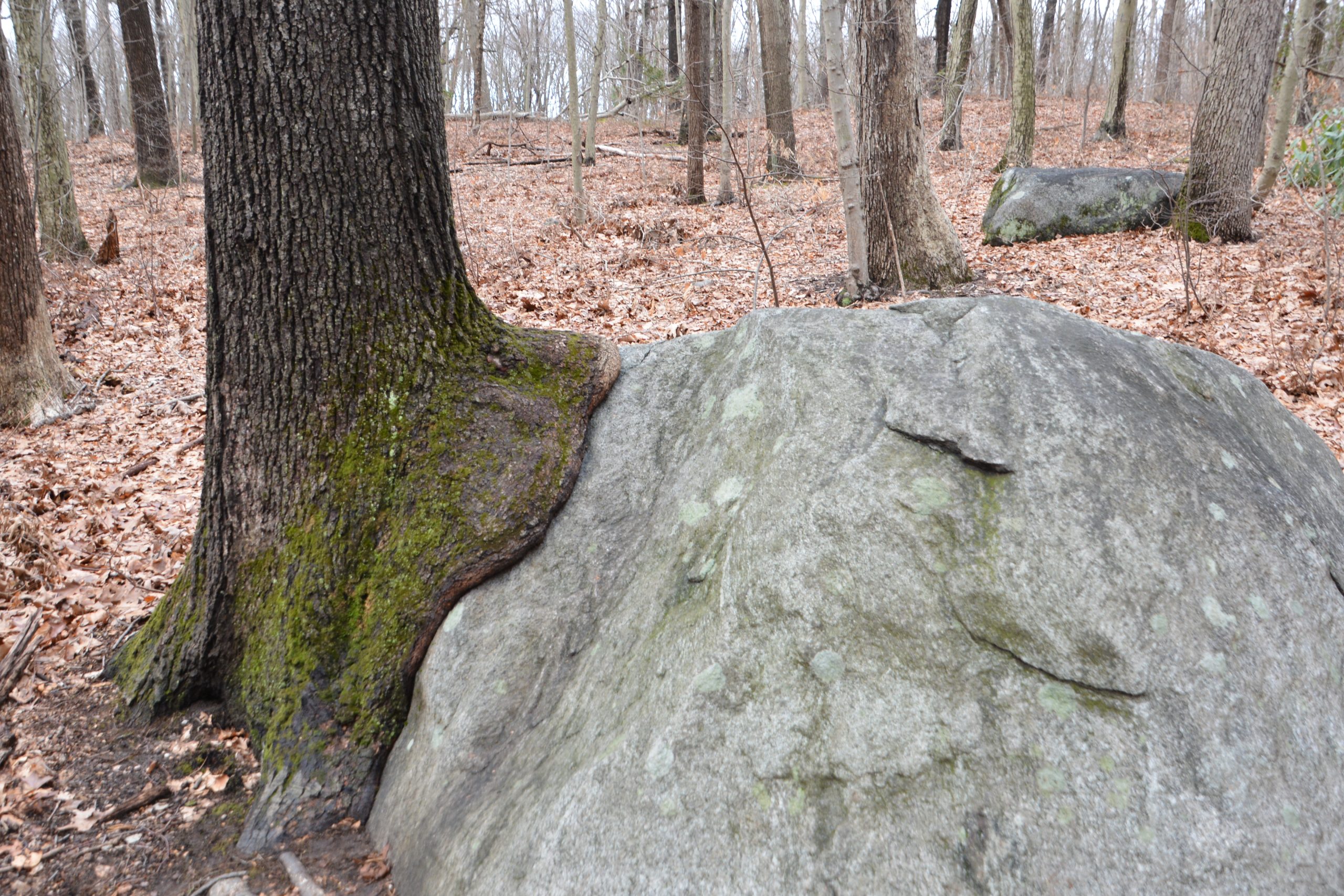Long Island Parks series – Part II
“I went to the woods I wanted to live deliberately, to find only the essential facts of life, and see if I could not learn what it had to teach.”
(“Walden or life in the Woods” by Henry David Thoreau, 1854.)
As the nation teeters on collapse, as riots are watched and insults are hurled and as we all continue to live lives of quiet desperation, let us seek solace nearer to home. Let us take a page from the great transcendental philosopher Henry David Thoreau and go into the woods.
What better woods to walk through than the grand Guggenheim Estate now owned by the state and called Sands Point Preserve. This 216-acre sanctuary is situated at the very tip of Sands Point, fast along the Long Island Sound, and was built in 1909 by Harold Gould and then purchased by Daniel Guggenheim. The castle, the gardens, the beach and the forest paths all gained international fame when F. Scott Fitzgerald used it as a model for the way the rich and famous lived during the Gold Coast Period in America.
I decided to join “The Forest Walk,” which is a two-hour tour led by Lynn Lombardo and based upon a form of therapy established in Japan in the 1980s to quell the furrowed brows and angry souls of Japanese executives. Since I could relate to men with furrowed brows and angry souls, I knew instinctively this tour was for me.
Of course, the Japanese don’t have the inside track on finding peace in the forest since the very American philosophical movement called Transcendentalism in the mid 1900s is essentially the same effort. Henry David Thoreau, Ralph Waldo Emerson and a group of intellectuals from Harvard back around 1840 established a philosophy that divinity was a part of both men and nature and that institutions such as the corporation or the government tended to corrupt our divine purity. This philosophy was developed in New England and over the years writers such as Herman Melville, Walt Whitman and Nathaniel Hawthorne all represented this movement.
So, let’s see exactly what I discovered during my brief sojourn through the magic forests of the Sands Point Preserve.
We started our tour at one of the hidden ponds on the estate, deep in the woods, fed by a waterfall and surrounded by tall trees. We were asked to stand still for a time which, of course, is a most unusual thing to do if you are from Long Island. Long Islanders tend to rush about in our unholy quest to make more money, buy more nice things, win more fame or, most importantly, find more entertainment. The secret of this tour was that Lynn simply had us stop, keep still for a while and observe the natural beauty around us.
“Close your eyes,” she instructed, and right away you hear for the first time the sounds of the waterfall and some children laughing in the distance. Lynn would play her magic flute like the mythical Pan, god of the forests and the hunt, as we walked down a winding forest path and she would say, “Look at that tree growing around that giant boulder.” So, we stop and gaze at this miracle of nature where a tree seems to be married to a boulder.
We proceed up a path and enter a hidden ancient camp site and she tells us to “go find a tree and observe it for a while.” This sounds lame and silly, but it was not. I walk over to this gray-looking tree and stand in front of it and slowly begin to look. It is not gray at all, but this interesting mix of light green bark mixed with specks of gray, white, brown and black. And next to it is its younger brother who at a distance seems gray as well but up close is brown with white, gray and yellow specks.
And by looking up, you can see that these two brothers have had a contentious relationship with each other. The older one seems to have been born a month or two earlier and thereby grew faster and taller and his top branches seem to have selfishly taken all the space up on the top of the forest ceiling to get all the love from the sun. His hapless younger brother has been struggling to find light for all these years and his upper branches seem to go every which way and can’t find much sunlight at all. So, he kind of looks like a runt. The bigger older brother, who we will call Mr. Green, is thriving and doing well, but his younger brother, who we shall call Mr. Yellow, seems almost on death’s door and that may be why he looks so yellowish.
That is what one can discover when someone asks you to stop for a moment and look at a tree. I am not certain this is what the Transcendentalists had in mind when they suggested we go find meaning, wisdom, purity and divinity in nature, but indeed it’s good enough for me. Who would think that you are able to find that trees have the very same sibling rivalry that people have? That, of course, may not be the kind of transcendent insight Thoreau had in mind when he spent his year living next to Walden Pond. But, hey, he never had an older brother like I had.




